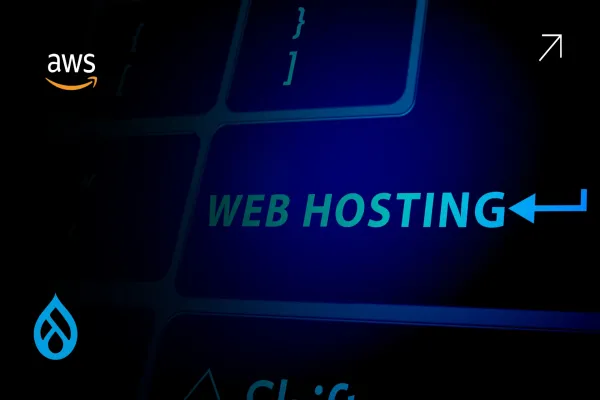In the dynamic landscape of education, technology has emerged as an indispensable tool, transforming the way students learn, teachers teach, and institutions operate. Amazon Lambda, a pioneering serverless computing platform, has gained significant traction among educational institutions due to its flexibility, scalability, and cost-effectiveness. However, understanding and managing Lambda costs can be challenging, especially for large-scale deployments in the education sector.
Delving into Lambda's Pricing Structure for Education

Lambda's pricing structure for educational institutions adheres to the same principles as its general pricing model:
- Request Charges: Each invocation of a Lambda function incurs a request charge. The cost per request depends on the amount of memory allocated to the function. For instance, a function with 128 MB of memory incurs a request charge of $0.0000002084 per request.
- Compute Charges: Lambda functions are charged for the compute time they consume. The compute charge is measured in milliseconds and depends on the function's memory allocation and execution time. For example, a function with 512 MB of memory running for 100 milliseconds incurs a compute charge of $0.0000000016667 per millisecond.
Factors Influencing Lambda Costs in Education
Several factors influence the overall Lambda costs for educational institutions:
- Volume of Student Data Processing: Educational institutions handle vast amounts of student data, transcripts, and assessment results. Processing this data using Lambda functions can lead to significant request and compute charges.
- Personalized Learning Applications: Educational institutions are increasingly adopting personalized learning applications that tailor educational content and assessments to individual students. These applications often rely on Lambda functions for real-time data processing and personalization algorithms.
- Adaptive Learning Platforms: Adaptive learning platforms utilize Lambda functions to analyze student interactions and adjust course content accordingly. This real-time analysis can drive up Lambda usage and associated costs.
- Third-party Integrations: Educational institutions often integrate Lambda functions with third-party educational tools and platforms. These integrations may require additional resources and configurations, potentially impacting Lambda costs.
Strategies for Optimizing Lambda Costs in Education
Educational institutions can implement several strategies to optimize Lambda costs without compromising educational quality or student experience:
- Right-sizing Memory Allocation: Carefully assess the memory requirements of each Lambda function and allocate the appropriate amount of memory. Overprovisioning memory can lead to unnecessary costs.
- Function Code Optimization: Analyze and optimize function code to minimize execution time. This can involve reducing unnecessary computations, caching frequently accessed data, and using efficient algorithms.
- Batch Processing: Consider batch processing for tasks that involve processing large amounts of data. This can reduce the number of function invocations and associated request charges.
- Utilize Lambda@Edge: For applications with high latency requirements, Lambda@Edge can reduce costs by executing functions closer to end-users, such as students or faculty members.
- Leverage Amazon Comprehend for Education: For natural language processing tasks, utilize Amazon Comprehend for Education, a specialized service optimized for educational data, which can reduce Lambda usage and costs.
- Monitor and Analyze Usage: Regularly monitor Lambda usage patterns to identify areas for cost optimization. Analyze function execution frequency, memory consumption, and execution time to identify potential bottlenecks.
- Consider Serverless Framework: Utilize serverless frameworks like AWS Serverless Framework or Serverless Framework to automate Lambda deployment, configuration, and monitoring, reducing manual effort and potential errors.
- Explore Cost Optimization Tools: Employ cost optimization tools provided by Amazon, such as AWS Cost Explorer, to gain insights into Lambda usage and identify cost-saving opportunities.
Conclusion:
In conclusion, Lambda's serverless architecture offers substantial benefits for educational institutions, providing unmatched flexibility, scalability, and reduced operational overhead. However, effective cost management is essential for sustained cost-effectiveness, particularly for large-scale educational applications. Through the implementation of optimization strategies, vigilant monitoring of usage patterns, and the strategic use of cost management tools, educational institutions can harness the full power of Lambda while maintaining control over cloud expenditures. This enables institutions to focus on their core mission of delivering high-quality education to all students. For personalized guidance on Lambda implementation, feel free to Contact us.





